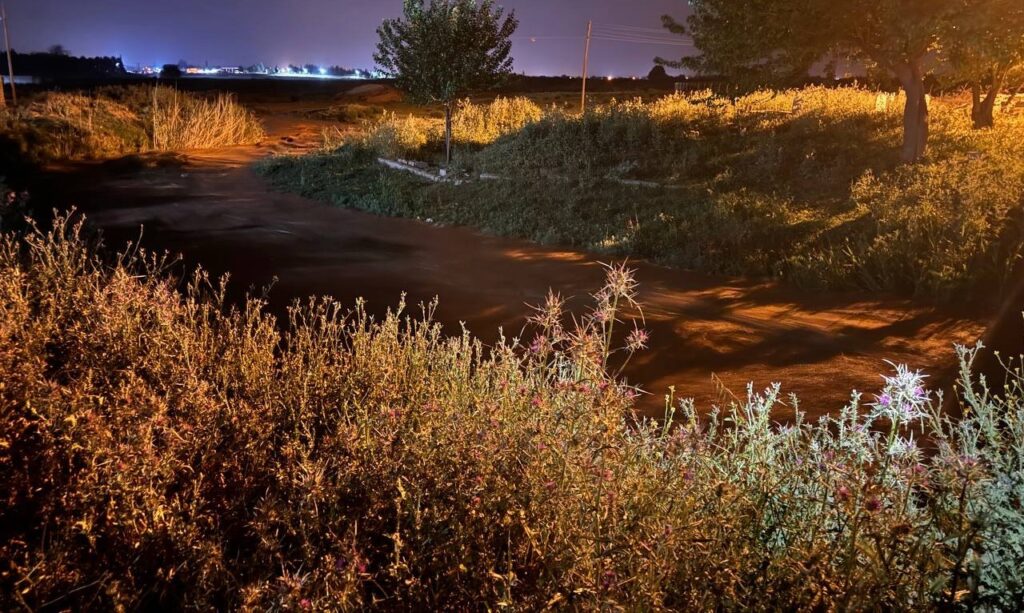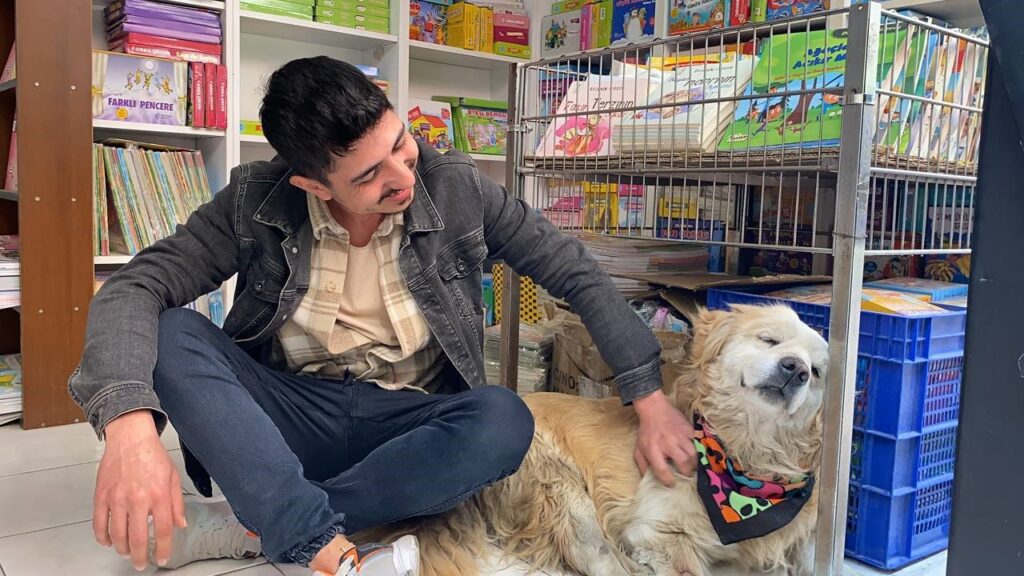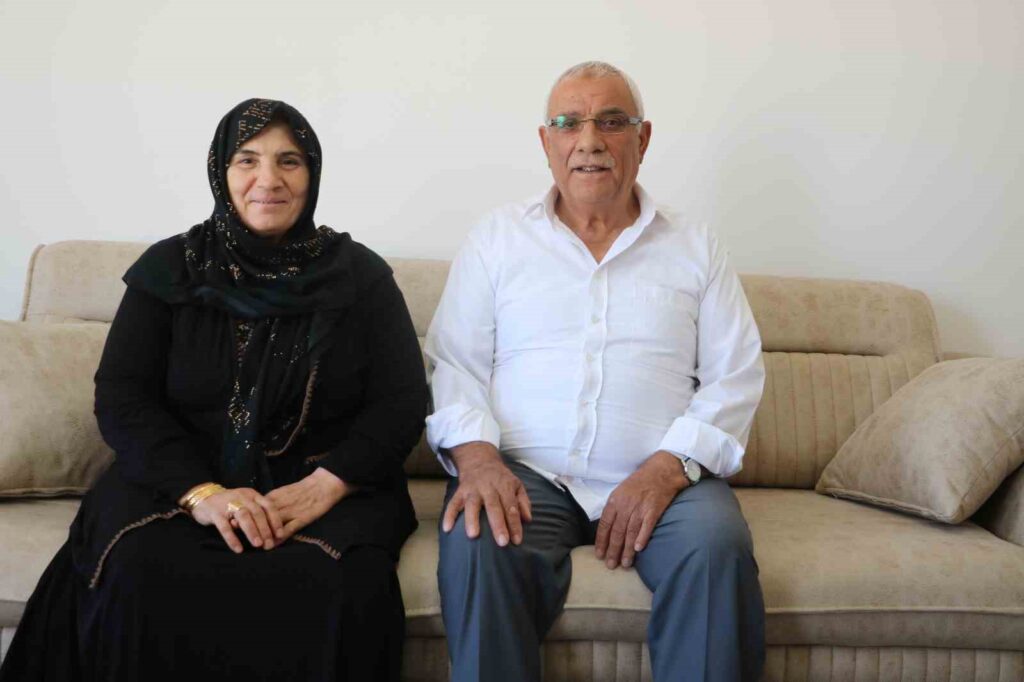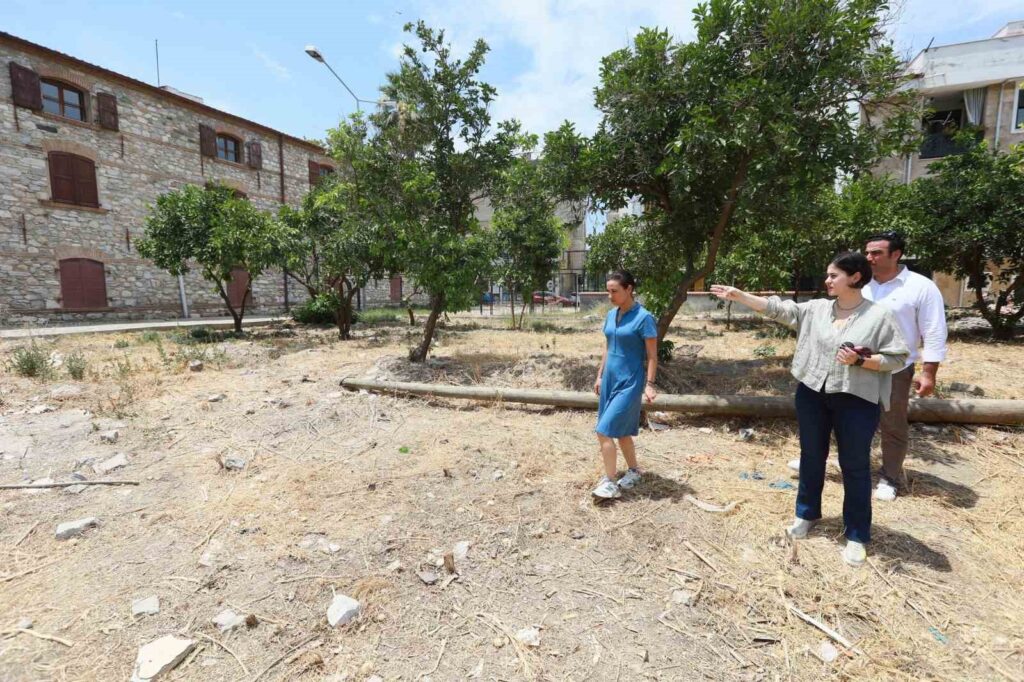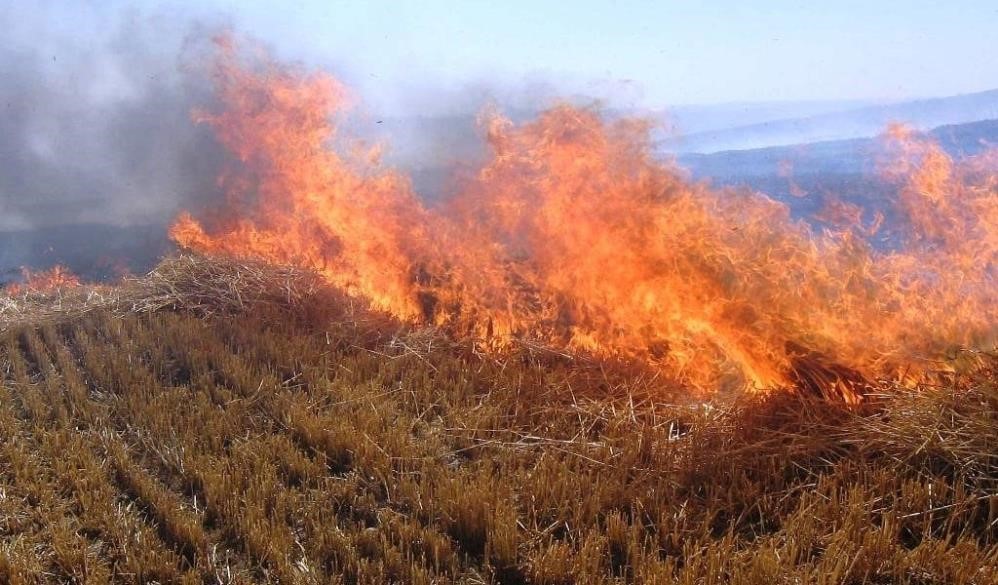As Lake Van recedes, the microbialites beneath the water are coming to light.
In the Ahlat district of Bitlis, the emergence of microbialites due to the receding waters of Lake Van creates beautiful visuals. The world’s largest soda lake, Lake Van, is experiencing water loss due to the effects of global climate change, revealing the …
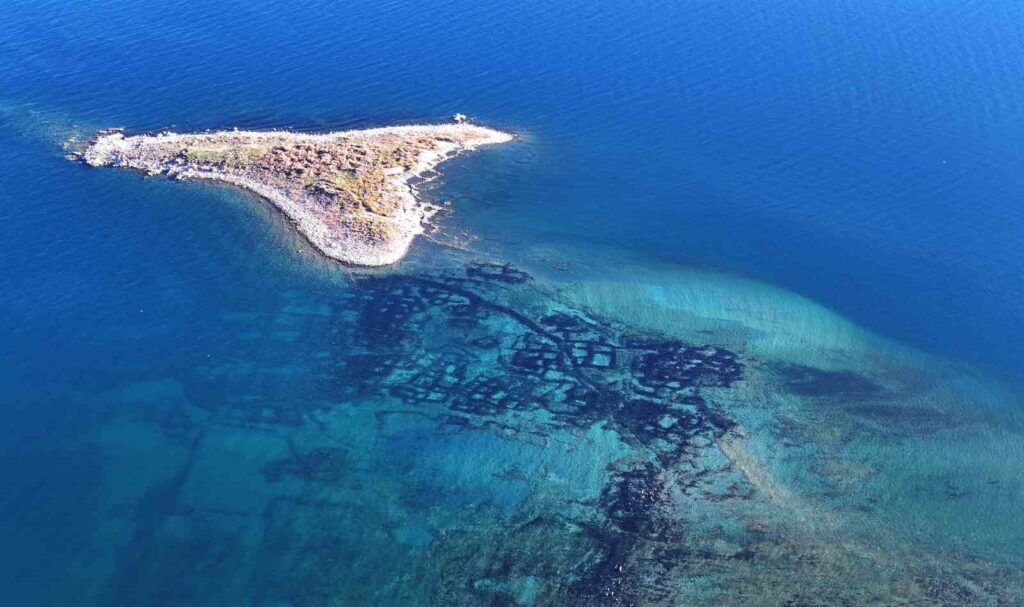
In the Ahlat district of Bitlis, the emergence of microbialites due to the receding waters of Lake Van creates beautiful images.
The world’s largest soda lake, Lake Van, has experienced water loss due to the effects of global climate change, leading to the exposure of the microbialites at the bottom of the lake. The retreat of waters in some coastal areas of Lake Van has also revealed the microbialites located in the depths of the lake. In the Ahlat district of Bitlis, microbialites that were previously visible only in small parts have become more pronounced as the waters have receded. Aerial images taken by drones clearly show a well-defined urban plan in the area, and it is estimated that the remains date back to the Urartian period. The emergence of historical settlement areas and ancient structures holds great significance for the history and culture of the region.
In a statement regarding the issue, Professor Dr. Necmettin Elmastaş, the rector of Bitlis Eren University (BEÜ), stated that these underwater structures need to be dated by relevant experts. Elmastaş pointed out that in recent years, serious droughts have occurred in some areas due to global warming, saying, “We can also see the effects of this drought in the Lake Van Basin. There has been a significant decrease in precipitation in the basin over the last 3-4 years, resulting in a serious drop in water levels. After these levels fell, some microbialites under the lake have surfaced. Additionally, some remnants from earlier periods have also emerged or are about to surface. Of course, serious research needs to be conducted in these areas. Especially, experts such as historians or specialists working on settlement areas need to carry out studies here. Because the lake level was lower here in the past. This indicates that the lake level has risen at some point. These need to be dated by relevant experts. Especially from Tatvan to Ahlat and then to Adilcevaz, we can see some remains with the naked eye along these shores,” he said.
“We encounter traces of life on every shore of the Lake Van Basin”
Adilcevaz Yukarı Deniz Association President Cumali Birol stated that they were the first to discover the underwater structural remains seen around the islet located on the Ahlat shoreline, emphasizing that these need to be researched. Birol invited experts from the Underwater Archaeology Department of Konya Selçuk University to conduct necessary examinations here, saying, “We encounter traces of life on almost every shore of the Lake Van Basin. We can see that this area, where houses are located, harbors many civilizations of people who lived here. We had already shared about the places we saw off the Ahlat coast in 2007. That was at a depth of 29 meters. The lake had not receded this much. New findings will emerge. We had done underwater filming here in the past. But today we see that the water is receding even more, about 3 meters. Both global warming and climate change, as well as unconscious water usage, contribute to this recession. We hope that we do not cause the drying up of Lake Van in this region because Lake Van is very precious to us. Lake Van holds many mysteries beneath it. We can also see that many civilizations lived here. We have encountered many traces of life at the Adilcevaz castle. One of them is the Urartians, another is the Seljuks, and another is the Persians. Therefore, these traces of life left by each civilization tell their history. This is actually what cultural heritage and cultural value are. We see traces from the Seljuks and the Ottomans. Regardless of who they belong to or which civilization, all historical artifacts under the flag of the Republic of Turkey belong to Turkey. We must protect these and uphold these values. News has been made claiming this area has emerged newly by changing its name. In fact, there is no such thing. This was a known point. Because we had visualized it underwater. We saw different civilizations down there. People lived there. There are roads, gardens. The columns of the houses stand as they are. We also saw basins and mortars. We even came across a round stone wheel. The investigation of this is up to universities and our valuable professors. Konya Selçuk University has an Underwater Archaeology Department. They need to come and examine it. We are finding the findings through our sports diving.


